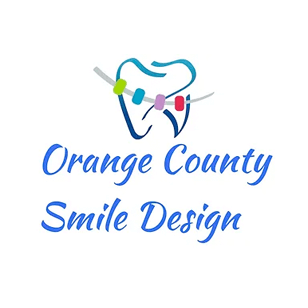Metal braces remain the go-to option for orthodontic patients. Today’s metal braces have evolved to become noticeably smaller, flatter, and more comfortable than their predecessors. Individuals of all ages opt for metal braces as a means to attain the coveted goal of a straight and aesthetically pleasing smile.
What Braces Are Made Of
Traditional metal braces are crafted from high-quality stainless steel or titanium. The essential components of your braces consist of:
- Brackets: These brackets are affixed to your teeth using a special type of adhesive that securely bonds them to the tooth’s surface, keeping them firmly in place.
- Archwire: Thin metal wire that links each bracket and exerts pressure on your teeth, skillfully guiding them into their designated positions.
- Ligature Elastic (Rubber Bands): Often referred to as: EOften referred to as “rubber bands,” these elastics come in various colors and are the vibrant ties that connect the archwires to the brackets. Your orthodontist will replace these elastics during each appointment.
How Braces Work
Once braces are applied to your teeth, they initiate a continuous application of pressure on your teeth. This pressure, over time, gradually shifts your teeth into their correct alignment. During your regular appointments, your orthodontist may adjust the archwires to maintain the necessary pressure. In certain cases, additional orthodontic aids like rubber bands or headgear may be prescribed. It’s normal for patients wearing braces to sense a slight looseness in their teeth; this sensation is temporary and will dissipate once the teeth have achieved their desired positions.
Metal Braces for All Ages
Traditional metal braces maintain their status as the most favored, swiftest, and cost-effective orthodontic treatment option. Your orthodontist possesses the expertise to evaluate your unique case and recommend the most suitable treatment. To explore the benefits of braces in enhancing your smile, please don’t hesitate to reach out to our practice and schedule an appointment.



